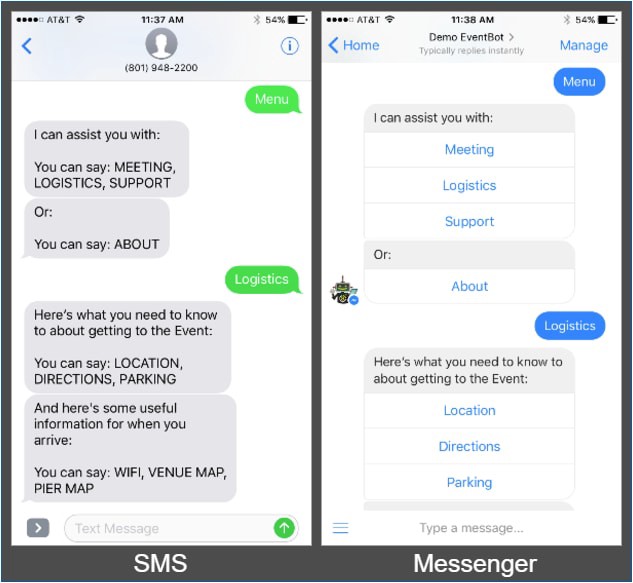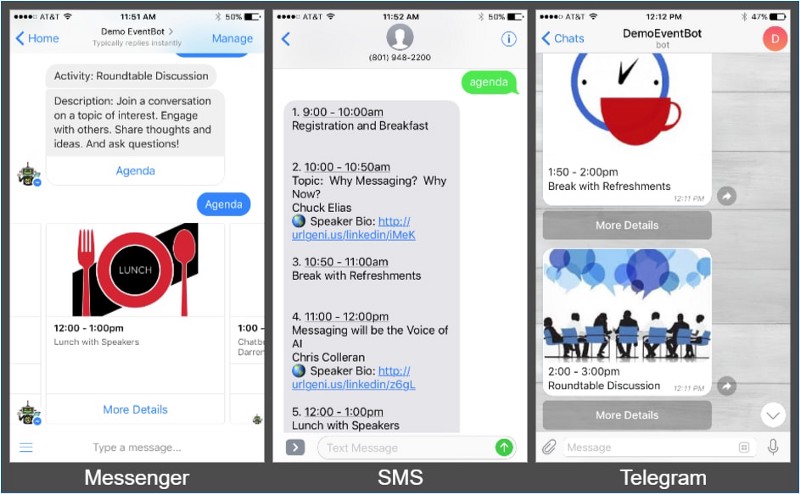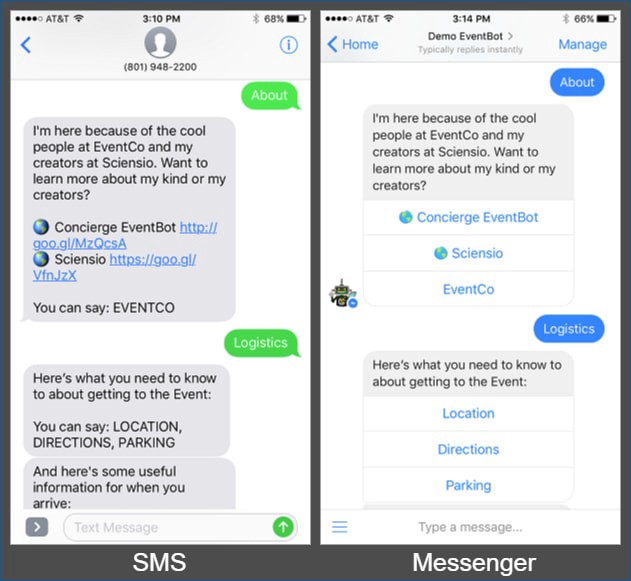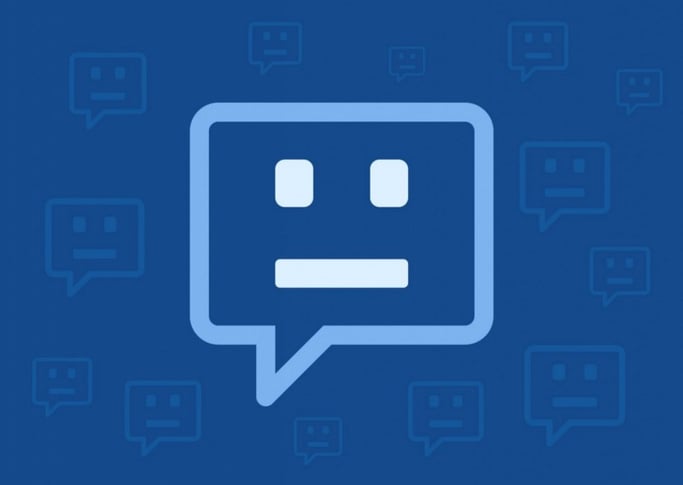The Opportunities of Chatbots
Did you know that SMS is still the world’s most accessible and widely used form of communication? That’s right! More than 5 billion people have access to SMS text messaging — far more than for our newer communication channels: Facebook, WhatsApp, Facebook Messenger, Instagram, Twitter or Skype. Furthermore, that number is still rising and is expected to peak in 1–3 years before it begins a slow decline over a several year period.
With the explosive growth being experienced by newer messaging applications, you may be wondering who is still using SMS? Of the 5 billion people in the world with mobile phones, about 55% have smartphones. That leaves 2.25 billion with SMS as their primary text messaging option! In the US, 95% of adults own a mobile phone and of those 77% are smartphones.
While heavy messaging users are diversifying their communication across a multitude of apps and social networks, SMS is still the default one-size-fits-all standard. From that family member who doesn’t use Facebook, to your friend who isn’t using WhatsApp or iMessage, or those colleagues at work who you don’t want to connect with on your social networks — they can all be reached using SMS.
What does this mean for your chatbot? It depends upon your target audience. But it’s highly likely to reach all, you will need to deliver your chatbot experience on SMS, along with the other messaging platform(s) you had in mind. This enables you to be where your audience is, on a platform they prefer. Less friction for them, higher adoption for your chatbot!
The Challenges of Chatbots
Because SMS is the oldest platform having been in existence for over 20 years, it has some unique challenges. Based on real-world experience building and operating omni-channel (SMS, Facebook Messenger, Telegram and Web) chatbots, here are several of those challenges that you should be aware of along with tips for addressing them.
Message Delivery
Speed — SMS message delivery speed is inconsistent compared to the newer messaging platforms, often referred to as OTT (Over the Top). SMS message delivery speeds can range from almost immediate to a delay of several minutes. Unfortunately this is out of your control, so the best you can do is to factor this variance into your chatbot planning.
Order — For usability, messages that are more than 2–3 lines should be broken into multiple messages (aka “bubbles”), regardless of messaging platform. With SMS, there is a greater chance that messages with multiple bubbles will be delivered out of order. This can be very confusing for the recipient who may receive the last bubble of the message first, the first bubble of the message last and/or the middle bubbles of the message mixed up. One way to minimize this is by adding a longer delay between messages. The delay requires tuning; meaning you will need to balance your chatbot appearing sluggish to the user against minimizing out of order message delivery.
Features
Capabilities/Limitations — SMS is limited to texting and images. The OTT messaging platforms offer more efficient and richer experiences via visual affordances such as buttons, quick replies, carousels and cards.
The limitations of SMS will have a significant impact on the design and implementation of your chatbot. Let’s take a look at three examples.
Buttons — users can simply tap a button to trigger an action on many OTT messaging platforms. For example, tapping a button labeled Parking presents the user with a text response, “here are the available parking options”, with relevant information like an image of a map showing the available garages and links to driving directions. On platforms that don’t support buttons like SMS, your users will have to type the button label vs. tapping. This means you’ll want to keep labels succinct. On platforms that support buttons, you can include more descriptive text and images on button labels to more effectively guide users and help them discover what your chatbot knows.

Carousel — is a stream of horizontal scrolling containers that can include images, text and buttons. Carousels work well for presenting catalogs, agendas and menus of items. On messaging platforms that don’t support or fully support carousels, the carousel will be presented vertically. It will be functional with text and actions and may or may not support images. Below you can see that Messenger fully supports carousel (swiping left or right scrolls the Agenda horizontally, SMS does not support carousel and Telegram partially supports carousel.

Links — On many OTT messaging platforms, buttons are used to cleanly display a link with a friendly and informative label for a user to click. On SMS the button label along with the clickable link will display. If the link is long, the presentation will suffer. If it is really long, greater than 120–160 characters (depending upon the telecomm carrier, it will be truncated resulting in a broken link. A link shortener like, Google URL Shortener or Bitly, can be used to shorten links to overcome these issues.

Costs
SMS is more expensive than the OTT messaging platforms, so you will need to factor the additional costs into your budget. Typical costs include: a fee for the phone number users text to reach your chatbot, a charge per each incoming message your chatbot receives and a charge per each outgoing message your chatbot sends. These costs vary by provider and significantly by country. For example, the cost for an outgoing message in the US is $.0075 vs. $.092 in the Netherlands.
With Opportunities Come Challenges
SMS is still a highly used, pervasive communication channel that clearly offers you the ability to reach all with your chatbot experience. While it may not offer the efficient, rich experiences of the OTT messaging platforms, it should not be overlooked as you are planning your chatbot strategy. Just be aware and plan accordingly for its challenges!
Want to See More Chatbot Opportunities? Download Our Audience Engagement E-Book.



